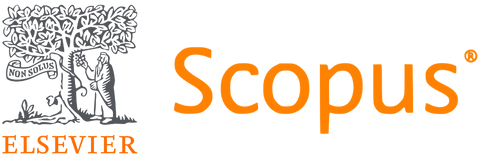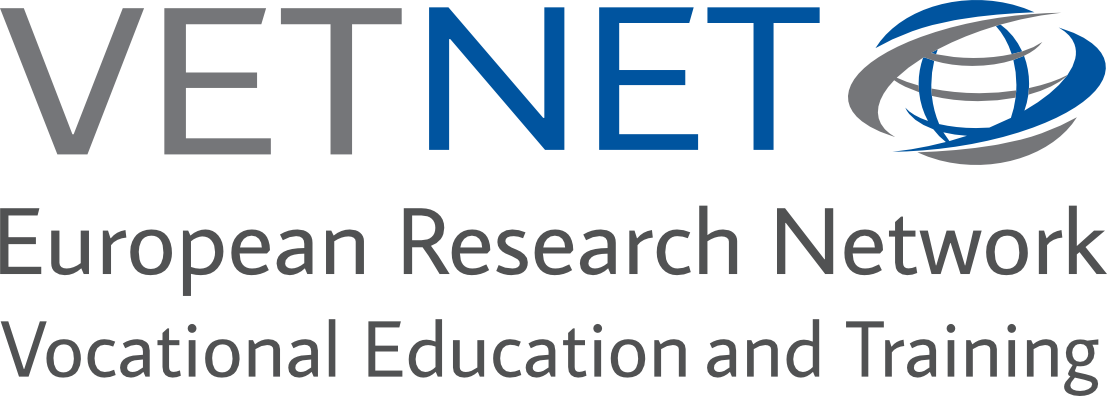Effects of Augmented Reality on Student Achievement and Self-Efficacy in Vocational Education and Training
DOI:
https://doi.org/10.13152/IJRVET.5.1.1Keywords:
VET, Computer Assisted Instruction, Vocational Education and Training, Vocational School, ComputerAssisted Instruction, Augmented Reality, Motherboard AssemblyAbstract
This study aimed to test the impact of augmented reality (AR) use on student achievement and self-efficacy in vocational education and training. For this purpose, a marker-based AR application, called HardwareAR, was developed. HardwareAR provides information about characteristics of hardware components, ports and assembly. The research design was quasi experimental with pre-test post-test that included a control group. The study was conducted with 46 undergraduate students in the Computer Hardware Course. Computer hardware course achievement test, motherboard assembly self-efficacy questionnaire and unstructured observation form were used in the study for data collection purposes. The control group learned the theoretical and applied information about motherboard assembly by using their textbooks (print material) while students in the experimental group used HardwareAR application for the same purpose. It was found that the use of AR had a positive impact on student achievement in motherboard assembly whereas it had no impact on students’ self-efficacy related to theoretical knowledge and assembly skills. On the other hand use of AR helped learners to complete the assembly process in a shorter time with less support. It is concluded that compared to control group students, experimental group students were more successful in computer hardware courses. This result shows that AR application can be effective in increasing achievement. It was concluded that AR application had no effect on students’ motherboard assembly theoretical knowledge self-efficacy and motherboard assembly skills self-efficacy. This result may have been affected from the fact that students had high levels of theoretical knowledge and assembly skills before the implementation. Observations showed that AR application enabled students to assemble motherboard in a shorter time with less support. It is thought that simultaneous interaction between virtual objects and real world provided by the AR application is effective in reducing assembly time. The students who were able to see the process steps and instructions directly with the help of HardwareAR application could complete the assembly by getting less help. Considering these results, it can be argued that, thanks to simultaneous interaction it provides, AR offers an important alternative for topics that need learner application and practice.





